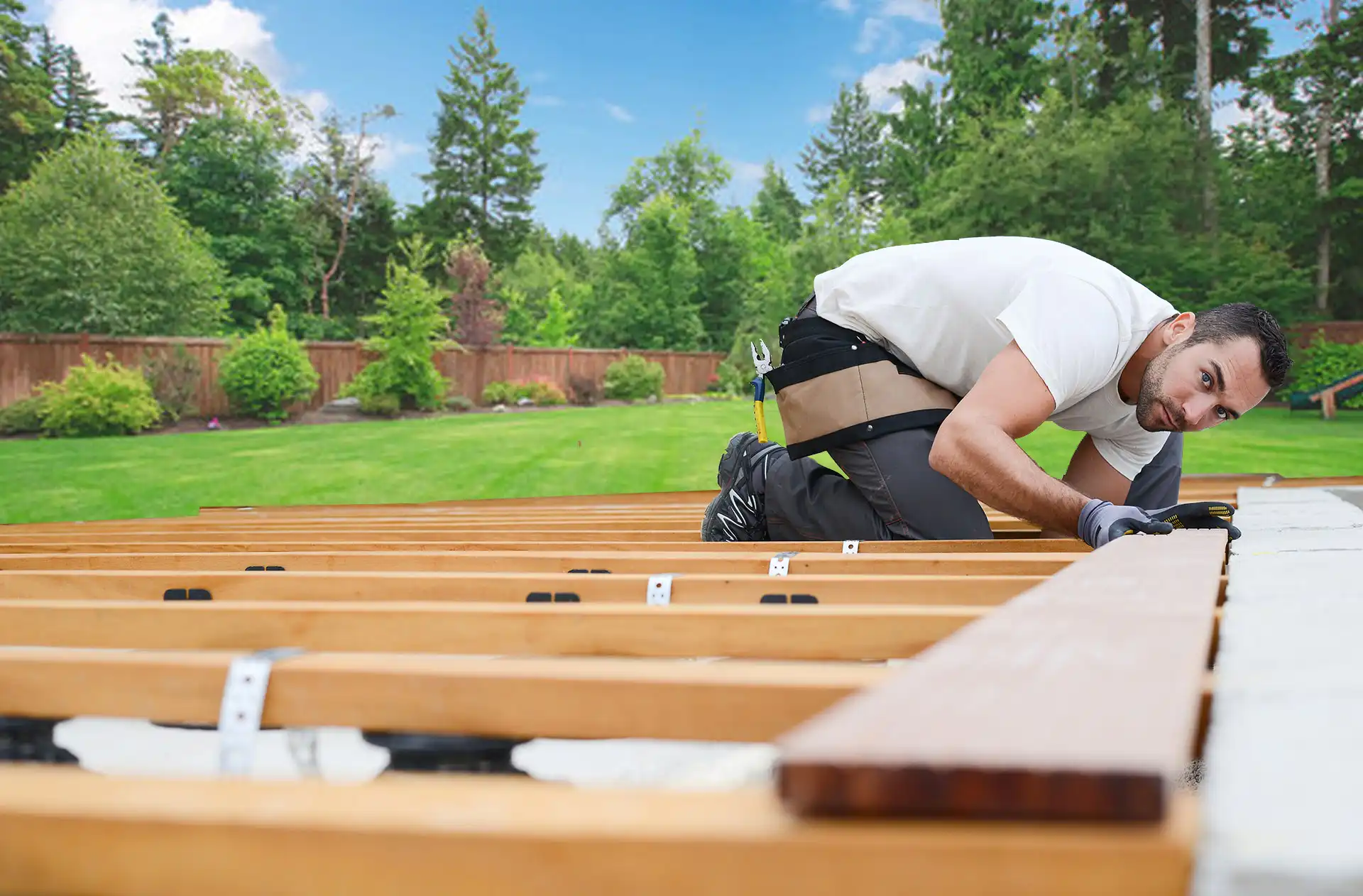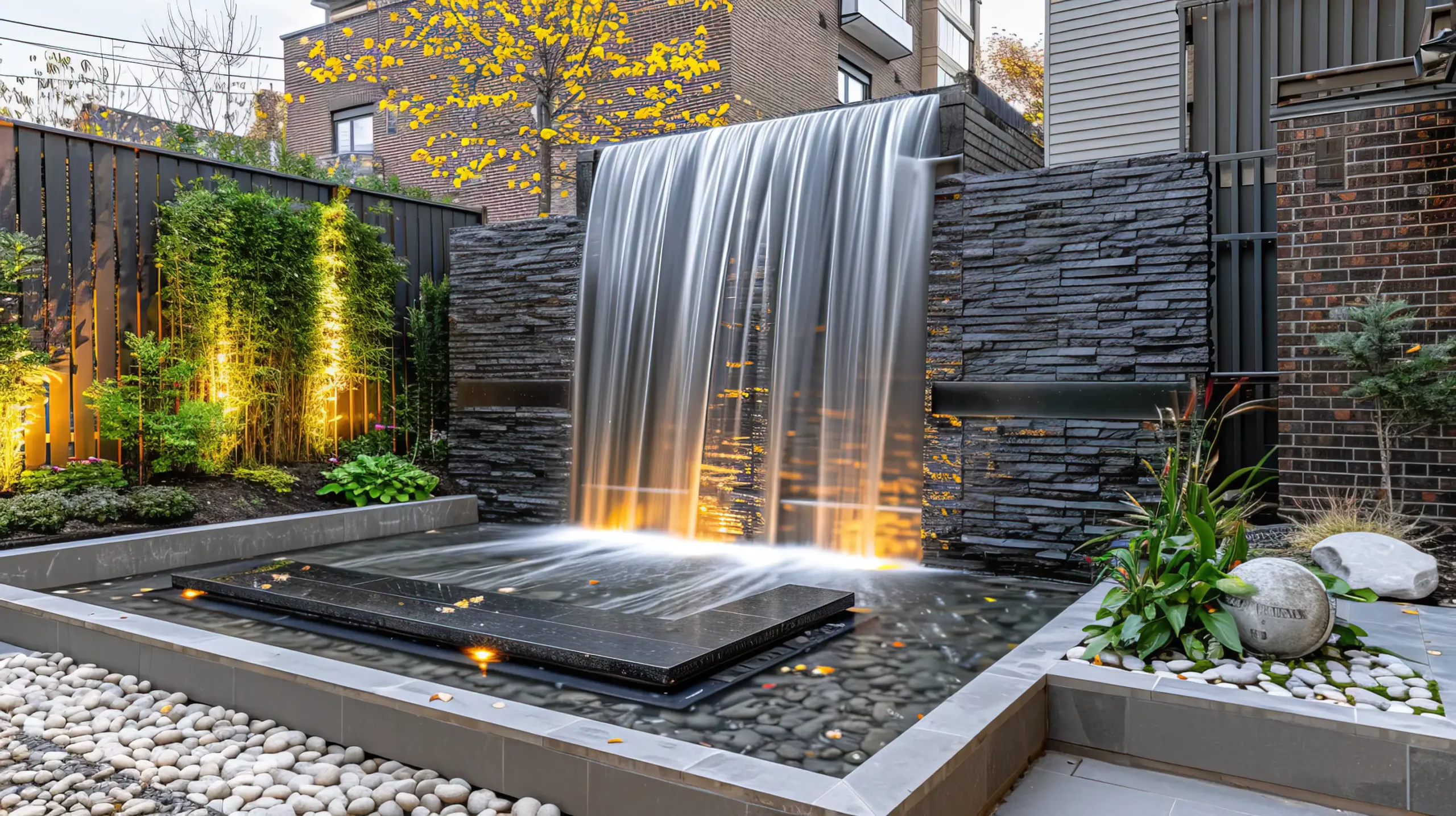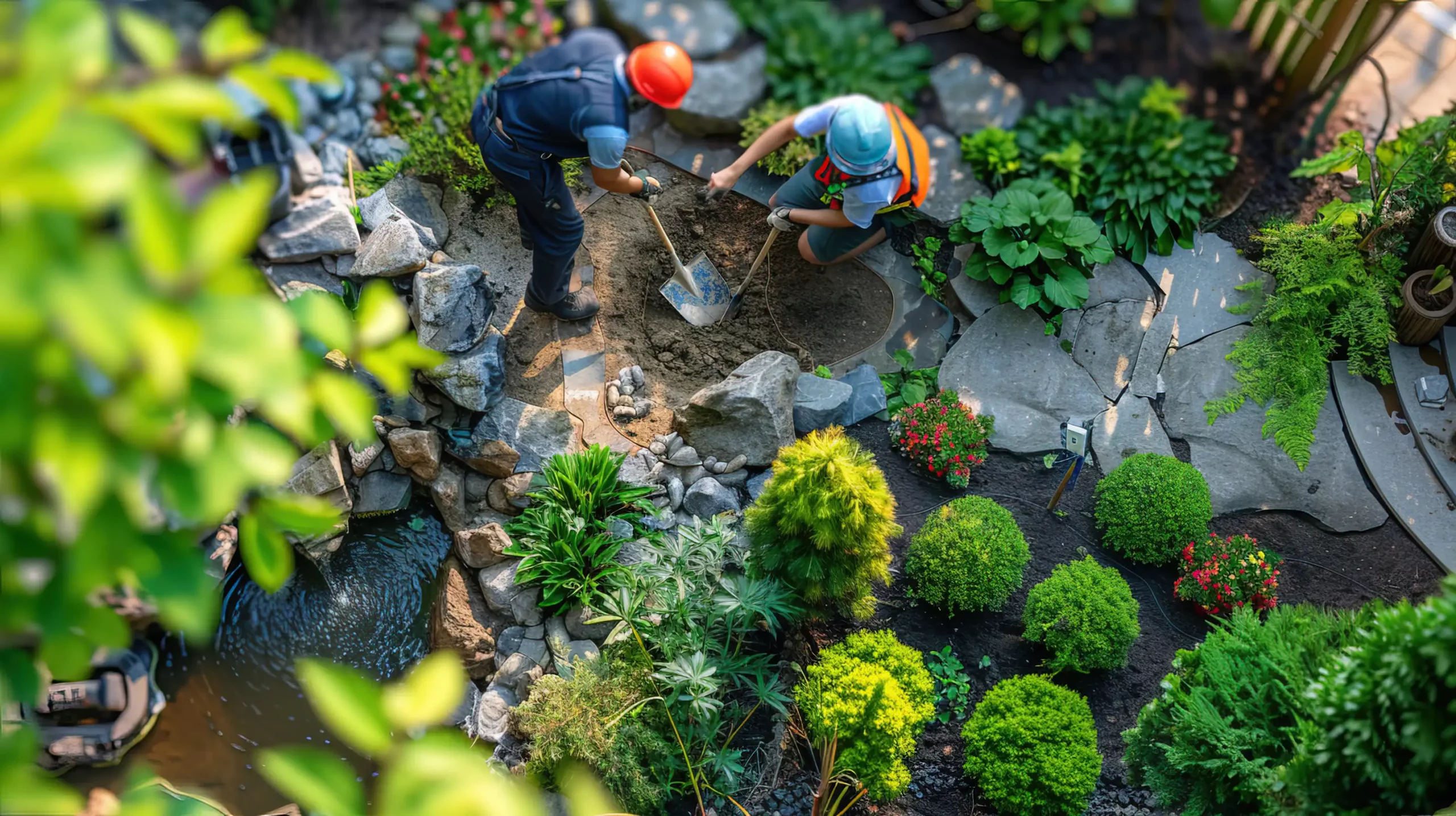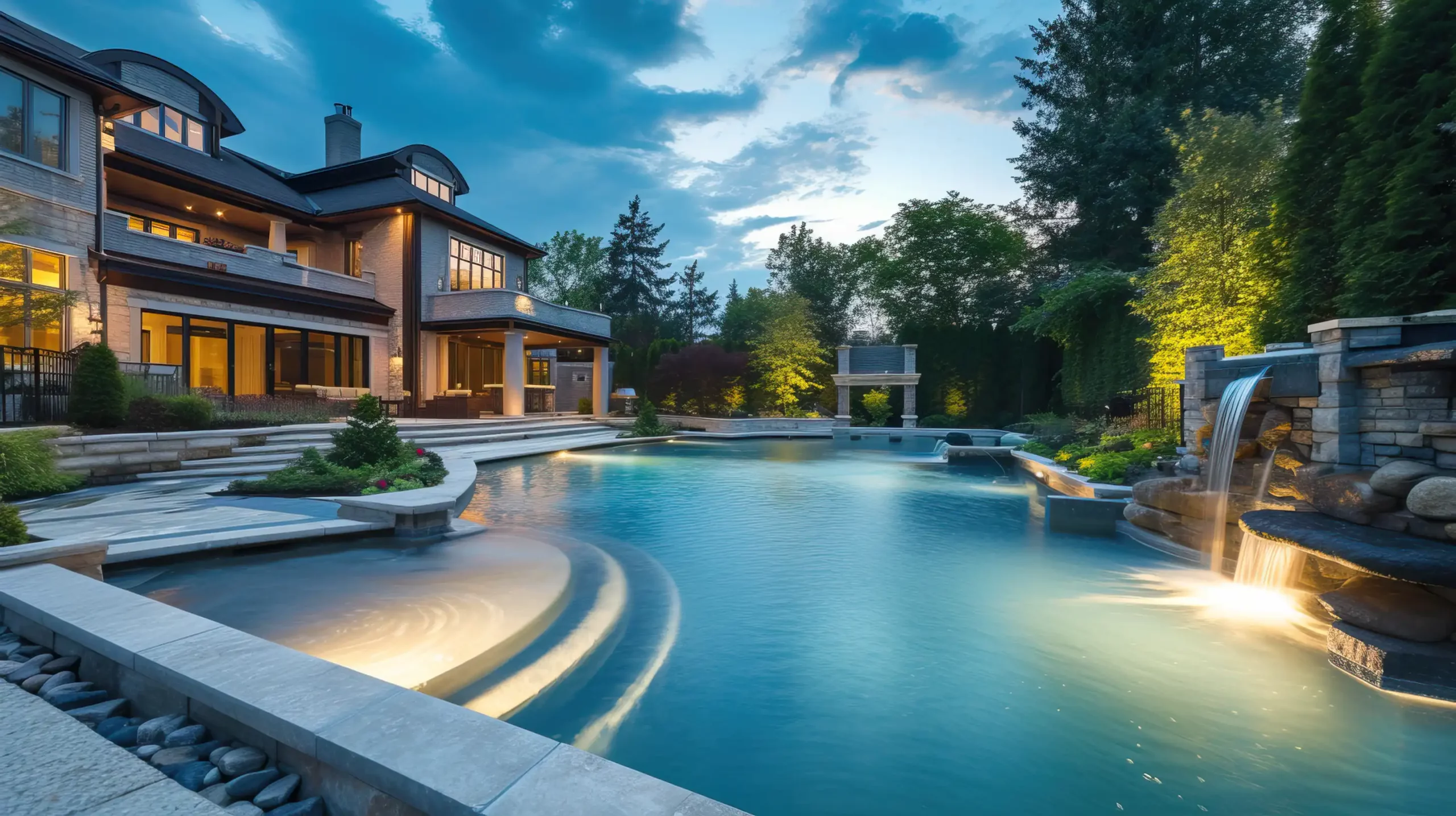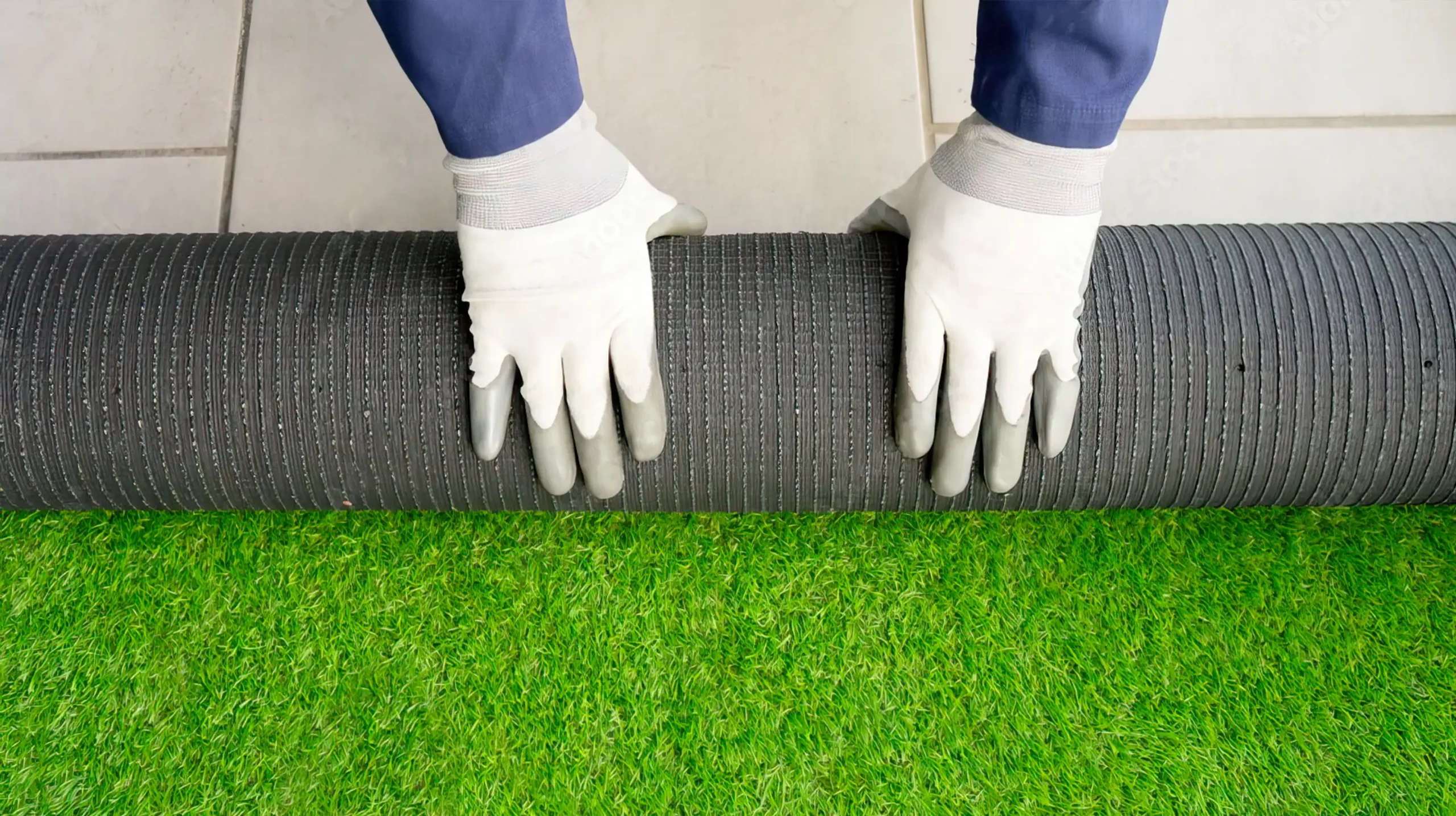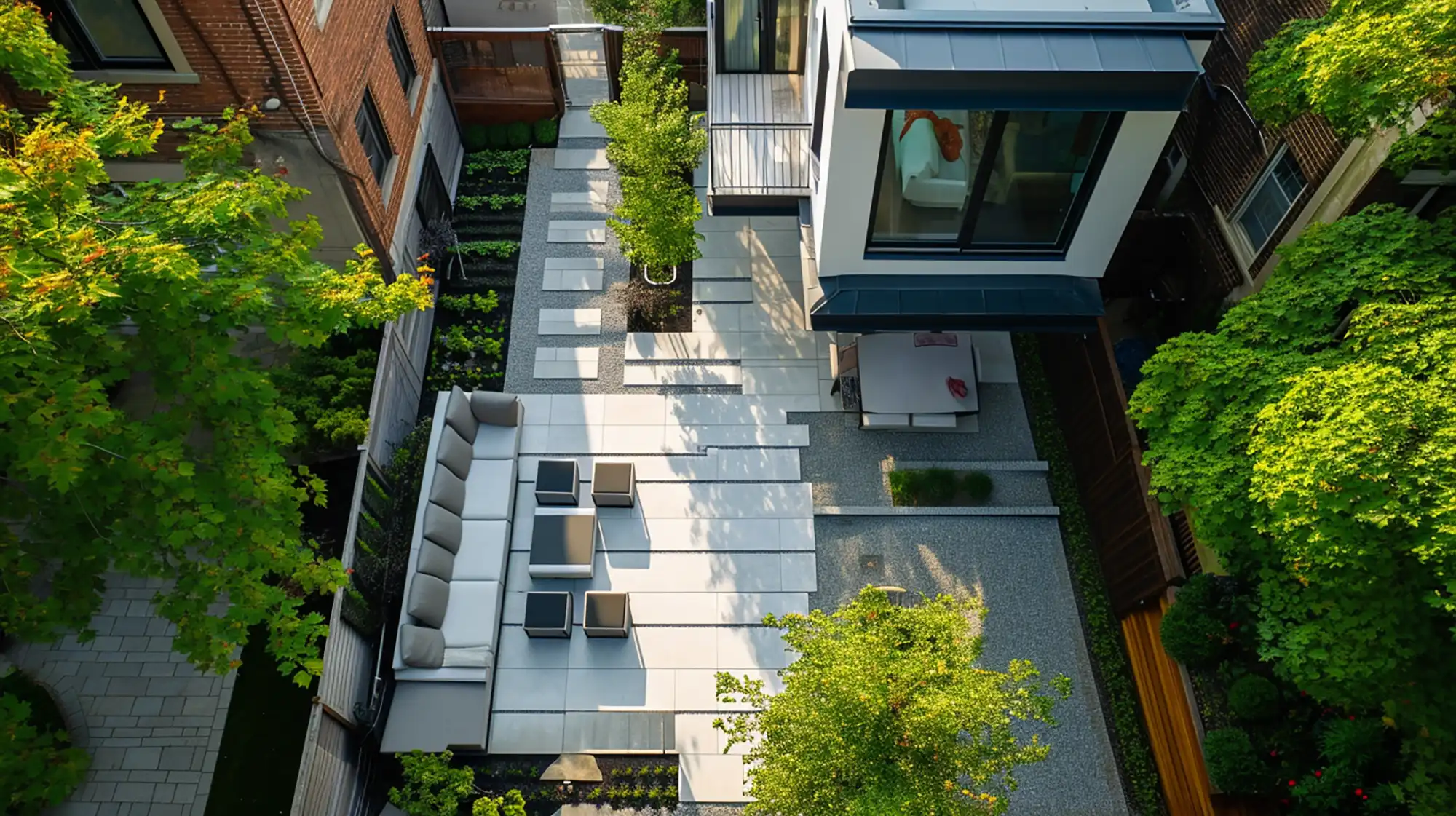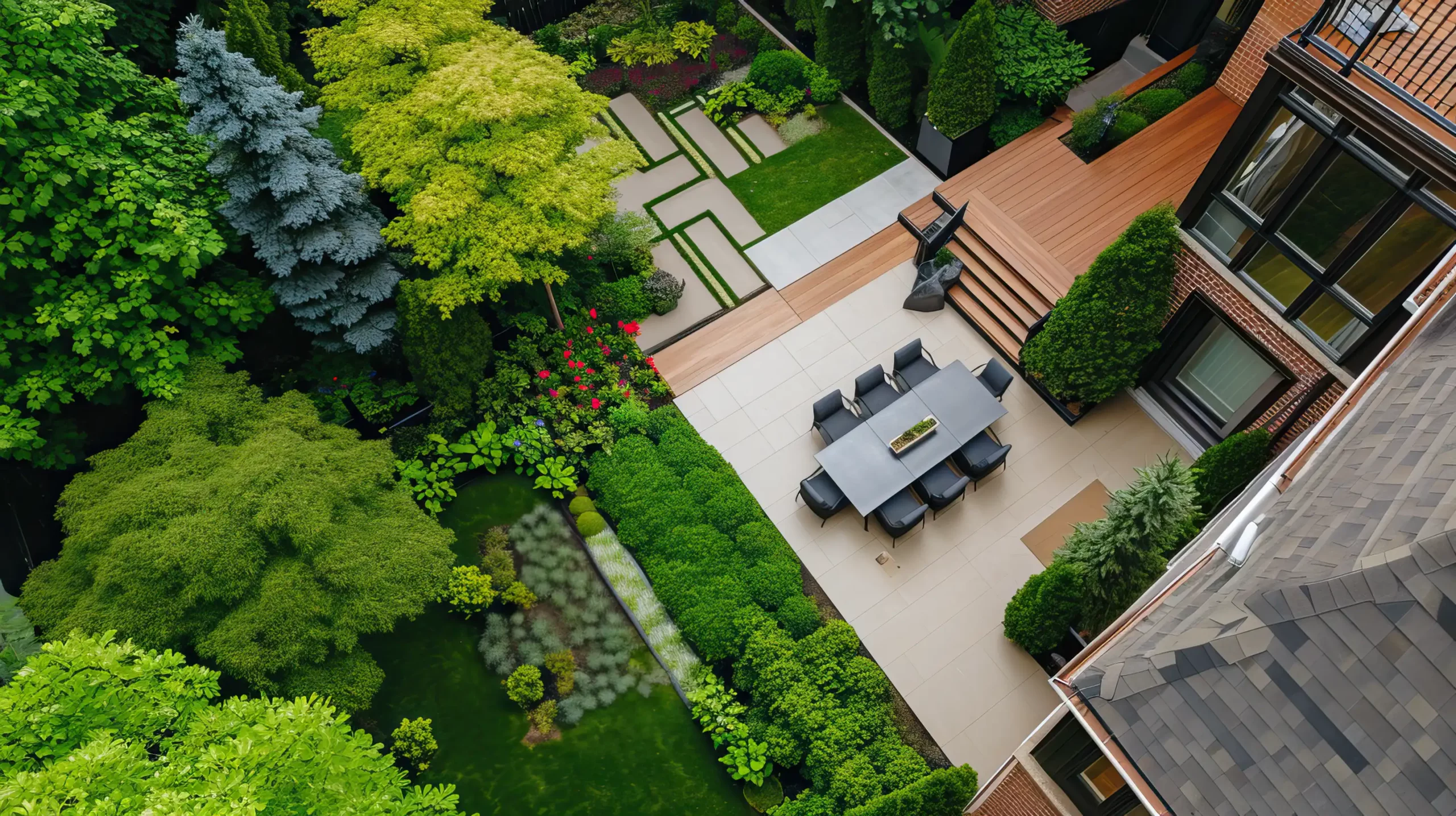Understanding the Purpose of Your Deck
The first step when you going to plan your deck design is to understand its purpose. This is a crucial part of the process as it will guide all your subsequent decisions. Are you envisioning a space where you can enjoy family meals in the open air? Or perhaps you’re a social butterfly, dreaming of summer barbecues and cocktail parties with friends. Maybe you’re seeking a tranquil spot to unwind, surrounded by the beauty of nature. Your deck can be all this and more. It’s all about identifying what you want most from your outdoor space.
The activities you enjoy will influence the design of your deck. For instance, if you plan to dine outdoors, you’ll need to ensure your deck can comfortably accommodate a table and chairs. If you’re a fan of sunbathing, you might want a sunny spot for lounge chairs. If you love hosting, consider features like a built-in barbecue or a fire pit. Remember, your deck should be a reflection of your lifestyle.
It’s also worth considering how your deck will interact with your home’s interior. A deck that flows naturally from the inside of your home can make both spaces feel larger. Consider the views from inside your home, and how the deck might enhance them. Also, think about how the deck could provide a new focus for your home, drawing the eye towards a particularly beautiful part of your garden.
Deck Layout and Planning
Once you’ve decided on the purpose of your deck, the next step is to plan the layout. This is where your dream starts to take shape. Start by marking out the area where you want your deck to be. You can do this with stakes and string. This will give you a sense of how much yard space your deck will occupy.
Next, consider the shape of your deck. Do you want a simple square or rectangle, or something more unusual? Perhaps a multi-level deck would suit your yard, or a design with interesting angles. Walk around the marked-out area and get a feel for the space. Can you imagine enjoying your chosen activities there? Is there enough room for furniture, and space to move around comfortably?
Don’t forget to consider practical factors too. For example, where will the stairs go? How will you access the deck from your home? If your deck is raised, you’ll also need to think about railings for safety. And remember to consider the direction of the sun. You don’t want to end up with a deck that’s in full shade if you love the sun, or vice versa.
Choosing the Right Materials
Choosing the right materials for your deck is a crucial decision. The materials you choose will have a big impact on the look and feel of your deck, as well as how much maintenance it will need. There are several options to choose from, each with its own pros and cons.
Pressure-treated wood is a popular choice because it’s easy to work with and takes stains and waterproofing easily. However, it can warp and crack over time, and it requires regular maintenance to keep it looking its best. Composite decking is another option. It’s made from a mix of wood fibers and plastic, and it’s designed to look like real wood. Composite decking is low-maintenance and long-lasting, but it can be more expensive than wood.
Other options include PVC decking, which is highly resistant to moisture and doesn’t warp or crack, and cedar or redwood, which are naturally resistant to insects and decay. Tropical hardwoods are another option. They’re incredibly durable, but they’re also the most expensive option, and they require regular maintenance to keep them looking their best.
Deck Planner Software and Building Codes
When planning your deck design, it’s a good idea to use deck planner software. This can help you visualize your deck and make changes easily before you start building. You can experiment with different layouts, materials, and features until you find a design that you love. Some software even allows you to view your deck in 3D, which can give you a better sense of how it will look in your yard.
However, while deck planner software can be a great tool, it’s not a substitute for professional advice. It’s important to consult with a professional to ensure that your deck is safe and structurally sound. This is especially important if your deck is elevated or attached to your house.
In addition to consulting with a professional, you’ll also need to check local building codes and homeowners association guidelines. These rules can affect many aspects of your deck design, including its size, height, and the materials you can use. It’s important to understand these rules before you start building to avoid any costly mistakes or delays.
Budgeting for Your Deck
Budgeting is a crucial part of planning your deck design. The cost of building a deck can vary widely, depending on the size of the deck, the materials used, and whether you hire a professional or do it yourself. It’s important to set a budget early in the planning process and to make design decisions with your budget in mind.
When setting your budget, don’t forget to factor in the cost of ongoing maintenance. All decks require some maintenance to keep them looking their best, and some materials require more maintenance than others. For example, wood decks need to be stained and sealed regularly, which can add to the overall cost.
It’s also a good idea to set aside some money for unexpected costs. No matter how carefully you plan, it’s likely that you’ll encounter some unexpected expenses during the building process. Having a contingency fund can help you deal with these costs without blowing your budget.
Deck Features and Accessories
Once you’ve decided on the basic layout and materials for your deck, you can start thinking about features and accessories. These are the details that will make your deck unique and enhance its functionality.
For example, you might want to include built-in seating, which can provide a comfortable place to relax and can also save space. Handrails are another important feature. Not only do they make your deck safer, but they also provide an opportunity to add a design element.
Other features to consider include a pergola or awning for shade, a fire pit or outdoor fireplace for warmth and ambiance, and a dining area for outdoor meals. You might also want to include a built-in barbecue or outdoor kitchen, especially if you love to cook and entertain.
Designing Your Deck with Maintenance in Mind
When plan your deck design, it’s crucial to consider the maintenance that your chosen materials and features will require. This foresight can help you choose options that align with how much time and effort you’re willing to invest in upkeep, ensuring your deck remains a place of relaxation rather than a source of chores.
The materials you select for your deck will largely dictate its maintenance needs. For instance, while wood decks are often admired for their natural beauty, they require regular staining and sealing to protect against weathering and wear. On the other hand, composite decking, made from a mix of wood fibers and plastic, is a low-maintenance alternative that only requires occasional cleaning.
The design features you incorporate into your deck can also influence its maintenance. For example, built-in seating or planters can create hard-to-reach areas that might accumulate dirt or debris. Considering these factors during the design process can help you create a deck that’s not only beautiful but also easy to care for.
Finally, planning for regular deck maintenance from the outset can help prolong the life of your deck. This includes scheduling routine cleanings, periodic resealing or staining for wood decks, and regular inspections for any signs of damage or wear. By integrating these considerations into your deck design process, you can ensure a final product that’s both stunning and sustainable.
Safety Considerations
Safety should always be a top priority when you plan your deck design. This starts with ensuring that your deck is structurally sound. If your deck is raised, it’s particularly important to ensure that the supporting structure is strong enough to hold the weight of the deck, as well as any people or furniture that will be on it.
Handrails are another important safety feature, especially if your deck is elevated. They should be sturdy and at an appropriate height. If you have young children, you might also want to consider installing a gate at the top of your stairs to prevent them from accessing the deck unsupervised.
If you plan to have a lot of people on your deck at once, or if you want to add a hot tub or heavy planters, you’ll need to ensure that your deck can handle the extra weight. This might mean reinforcing the supporting structure or using heavier-duty materials.
Finally, it’s important to ensure that your deck is safe to use in all weather conditions. This might mean adding non-slip surfaces or ensuring that your deck has good drainage to prevent water from pooling.
Finishing Touches
The finishing touches are what will make your deck truly your own. These could be anything from the type of lighting you use, to the style of the fixtures you add, to the way the woodwork is trimmed.
Lighting is an important aspect to consider. Not only does it make your deck safer to use at night, but it can also help to create a certain ambiance. You might want to consider adding built-in lights to your stairs or handrails, or using lanterns or fairy lights for a more magical feel.
The style of the fixtures you add can also have a big impact on the overall look of your deck. For example, you might choose sleek, modern fixtures for a contemporary look, or go for more traditional fixtures if you prefer a classic style.
Finally, consider how the woodwork is trimmed. This is a small detail that can have a big impact on the finished look of your deck. For example, you might choose to have the edges of your deck boards rounded for a softer look, or keep them square for a more modern feel.
Building Your Dream Deck
With careful planning and design, you can build a deck that not only enhances the beauty of your home but also provides a comfortable space for you and your family to enjoy the outdoors. Whether you’re building the deck yourself or hiring a professional, the process should be an exciting and rewarding one.
Remember, building a deck is a big project, but it’s also a great investment. A well-designed and well-built deck can add value to your home and provide you with many years of enjoyment. So take your time, plan carefully, and don’t be afraid to ask for help if you need it.
In the end, the most important thing is that your deck is a space that you love and that fits your needs. So don’t be afraid to put your own stamp on it, and to make it truly your own. After all, it’s your dream deck.
FAQs
What is the first step in planning a deck?
The first step in planning a deck is to understand its purpose. This will dictate its size, shape, and features.
What materials can I use for my deck?
There are several materials to choose from, including pressure-treated wood, composite, PVC, cedar or redwood, and tropical hardwood.
Do I need to check local building codes when planning my deck?
Yes, local building codes and homeowners association guidelines can affect many aspects of your deck design, including its size, height, and the materials you can use.
What features can I add to my deck?
You can add various features to your deck, such as built-in seating, handrails, a pergola for shade, a fire pit for warmth, or a privacy screen for seclusion.
How often should I maintain my deck?
Regular maintenance is essential to keep your deck looking its best and prolong its lifespan. This includes cleaning, resealing or staining, and checking for any signs of damage or wear.
If you plan your deck design, visit our website to find a location closest to you, or to contact a deck designer today! Follow us on Facebook and Instagram for more deck design ideas.

